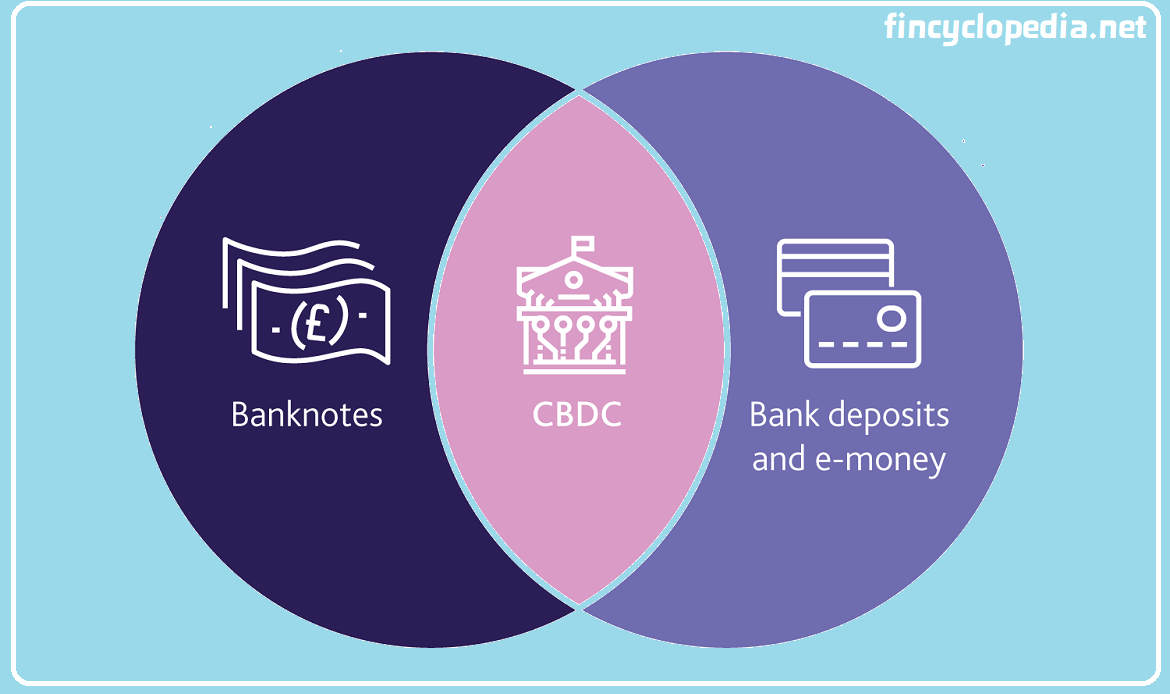Cyclical fluctuations in credit availability in an economy, affecting as a result interest rates. A credit cycle represents the different and consecutive levels of access to credit in an economy. Individuals and businesses’ access to credit usually varies from period to period, defining the stages of a credit cycle. The varying levels of credit (e.g., loans) available impact asset price levels. A given stage of a credit cycle is typically identified by factors related to the business cycle, as well as corporate fundamentals and appetite for risk taking.
The main stages of a typical credit cycle are: expansion (expansionary phase), downturn (Minsky moment), credit repair and recovery. During an expanding economy, lenders tend to extend credit at favorable terms. However, in a contracting economy, lenders tighten their terms by increasing rates and making loans costlier to obtain. These factors often impact asset prices such as real estate, resulting in further effects on the economy in either way.






